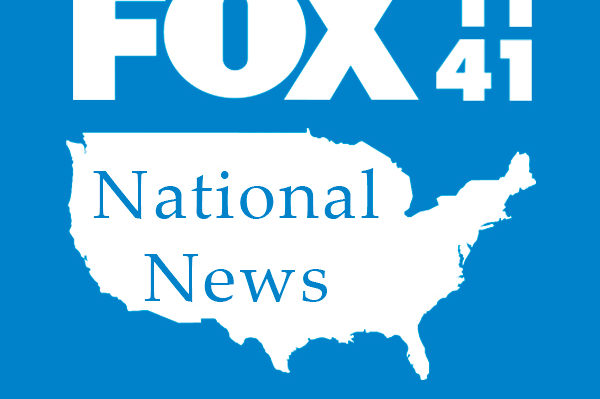
As insurers flee from climate catastrophes, Colorado wants to ensure homeowners can get coverage and earn discounts for taking action to reduce their risk.
Colorado Insurance Commissioner Michael Conway recently shared plans for legislation that would force insurers to consider property owners’ mitigation efforts when determining rates and discounts. The legislation would also allow homeowners to appeal their wildfire risk score and force insurers to simplify and explain any available discounts.
“Wildfire risk models are the bane of my existence right now — one of the banes of my existence right now,” Conway said during an Oct. 9 town hall for homeowners, the Durango Herald reported. “I hate them.”
The crisis moving Colorado to act
A standard home insurance policy covers all fire damage, including damage from wildfires, unless named as a specific exclusion. Colorado residents have long faced the threat of wildfires, but changing climate conditions have increased the severity and risk to life and property in recent years.
Four of Colorado’s five largest wildfires occurred between 2018 and 2020, according to the Colorado Division of Fire Prevention and Control. The East Troublesome Fire destroyed 580 homes in 2020 — burning more than 193,000 acres — and the Marshall Fire destroyed 1,084 homes the following year, according to the National Weather Service.
In the aftermath of these events, several home insurance companies have stopped renewing or selling new policies in Colorado counties with significant wildfire risk. Last year, Chubb cut coverage in parts of Boulder County, where many homeowners relied on the insurer. And Farmers Insurance subsidiary Foremost paused writing new policies in four Colorado counties this summer.
The four counties in question — Arapahoe, Douglas, El Paso, and Weld — have a lower wildfire risk and risk of intense wildfires than some other counties in Colorado, according to the State Forest Service’s Wildfire Risk Map. But each of the counties has areas with high wildland urban interface (WUI) risk, indicating the potential effect on people and their homes. Douglas and El Paso counties have the highest WUI risk, with 31% and 22% of the population with moderate to highest risk, respectively.
Foremost says it’ll continue writing new dwelling fire policies that cover properties in those areas where the owners don’t live most of the year.
What’s next: Will requiring discounts help homeowners?
Colorado is among the most expensive states for home insurance, according to Insurify’s home insurance report. Homeowners pay an annual average of $4,367 for home insurance per Insurify data, a nearly 7% increase from 2023. And that’s if they can secure coverage at all.
In May 2023, Colorado established a Fair Access to Insurance Requirements (FAIR) Plan to provide property insurance for home and business owners unable to find traditional coverage. The FAIR Plan board expects applications to open in early 2025. Property owners need three coverage denials from standard insurers to be eligible, and FAIR policies typically have higher premiums and more limited coverage.
Conway’s plan to propose legislation is one of several responses to reduce insurance costs and increase availability. He argues the wildfire risk models that insurers use include little or no consideration of the mitigation measures counties, towns, and individuals undertake, the Durango Herald reported.
“That’s unacceptable,” Conway said. “If we want to encourage people, if we want to encourage communities to mitigate, people have to get the return on their investment for that.”
California previously passed legislation requiring insurers to provide discounts to homeowners for protecting their homes against wildfires, but those may not add up to much. State Farm policyholders who install fire-resistant windows earn a premium reduction of 0.1%, hypothetically saving $14 on a $13,800 premium, according to an analysis from E&E News. If those homeowners take all 12 state-recommended mitigation measures and pay $125 for certification from an industry nonprofit, they can earn up to a 10.1% savings.
Related articles



